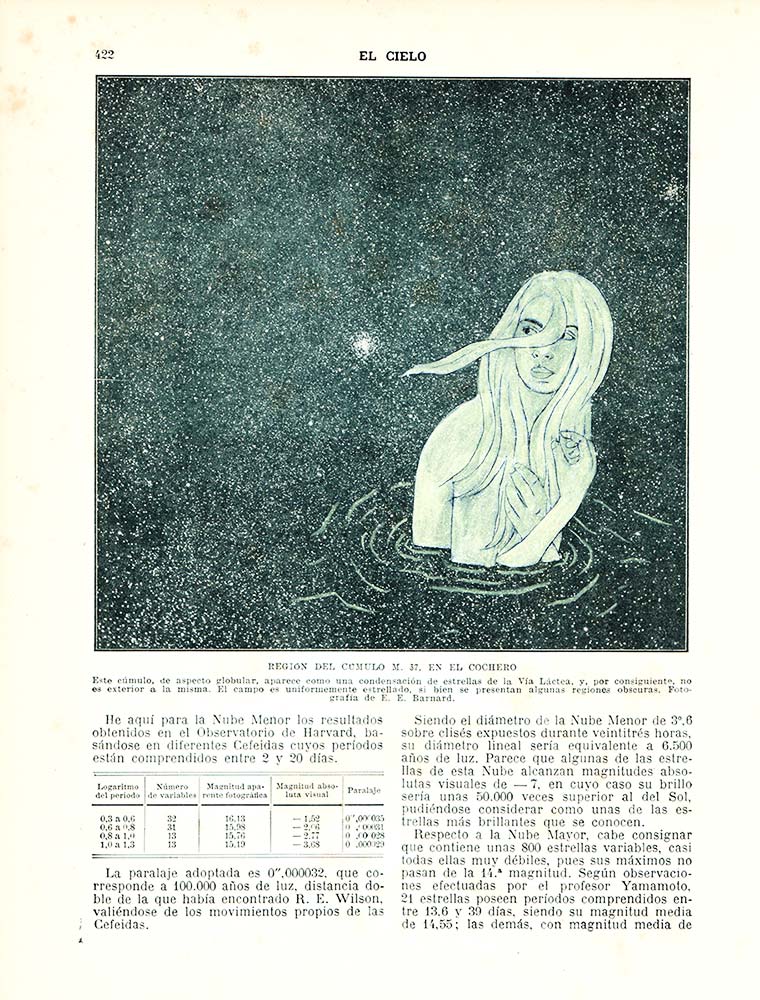- No products in the cart.
Opening:15 Mar, 2018
Professional visitors:15 Mar, 2018
Opening to public:15 Mar, 2018
Share:
Without any doubt drug trafficking and the war against drugs in Mexico has generate a rich popular imagination around it. This set of strongly symbolic images has disrupted lot of the relations that we build with the culture that drift in the drugs world and with the nature related to it.
The case of poppies (Papaver Rhoeas L.) is definitive of this demonization of the nature related with drugs. Once common silvester plant, today is a beautiful flower demonized for its uses on the production of narcotics, for this reason, its a flower that have lost its natural condition on the loose. It has turned in a covert flower, prisoner in the clandestine laboratories of drugs.
In a very acute way, Teresa Serrano has treated not only with reflexión and criticism but also poethicaly the politics related with the war against drugs in her native country, Mexico, starting with the poppies as a powerful argument.
In 2016, she dedicated herself to the production of 24 poppies that, like the artista explain, were “directly painted with acrylics on Fabriano paper, Strathmore and Canson paper folders, without previous drawing. Paintings made in a purist and botanic way. They are tribute to the beautiful flower of the poppy, red and velvety flower that produces heroine. Due to the war against drug trafficking in Mexico, the flower doesn’t grow spontaneously in the field. It has being stigmatized. It is just in possession of the traffickers that have caused the death of more than 60.000 deaths in mexican land, that reminds to a mass grave of missing persons”
This repetitive gesture around reproduction of poppies that reminds the well known aphorism of Gertrude Stein: “a rose is a rose is a rose”, had in turn its counterpart in a video production: technique in which Teresa Serrano is pioneer in Latin America.
Her video Amapola also from 2016, is a paradigmatic work not only because of the topic by itself but also of the artistic production of this important Mexican artist. On it, she recovers the flower from its stigma, and in a gesture of resistance against its negative condition, enriches it from a kinder and more universal imagination, because Teresa Serrano sings Amapola in her video, a very famous song of the cadiz composer José María Lacalle: a popular and classical hymn about this flower. The video undoubtedly puts both universes in tension – the negative, represented in a single poppy in the middle of a vast field – and the positive, embodied in the romantic and sentimental song of Lacalle.
However, The forgotten history of the first drug war is an even more suggestive project because it crystallizes the historical dimension that the work of this artist already has, showing the attentive look that Serrano has always devoted in his work to the sexual, social, political and religious tensions in the world of today. This is evidenced by the incorporation into the exhibition of six historical pieces, made a quarter of a century before and on this same subject.
In 1993 Teresa Serrano addressed the problems of what was then the first war on drugs in a series of diptychs made with collage and painting. In these works the artist incorporates the poppies from an imaginative register in which the flower was not the secret and negative plant of our days, even though during those years she was suffering her first battles from the Mexican anti-narco organizations and the American DEA. In the diptychs, the flowers face their derived products from the commercial scope of old and kind pharmaceutical advertisements. This “mirroring” condition is doubled since the collage is made with the proper ads of the poppy derivatives while the painting and the drawing delineates the flowers themselves.
These diptychs announced in turn, thanks to the textual inscriptions of Serrano, that the present of the flower was that of his first war. Paradoxically, these sentences placed the beautiful painted or drawn poppies and their pharmaceutical products in the romantic space of their history.
With The forgotten history of the first drug war the artist reminds us that this war is already a forgotten story (and perhaps a lost war) and that the poppy is living a permanent conflict for its natural subsistence away from this rather artificial war against drug trafficking and his negative imaginary. At least the poppy survives, against the current of its disappearance, in the intelligent and subtle work of Teresa Serrano.
Carlos Palacios































































































